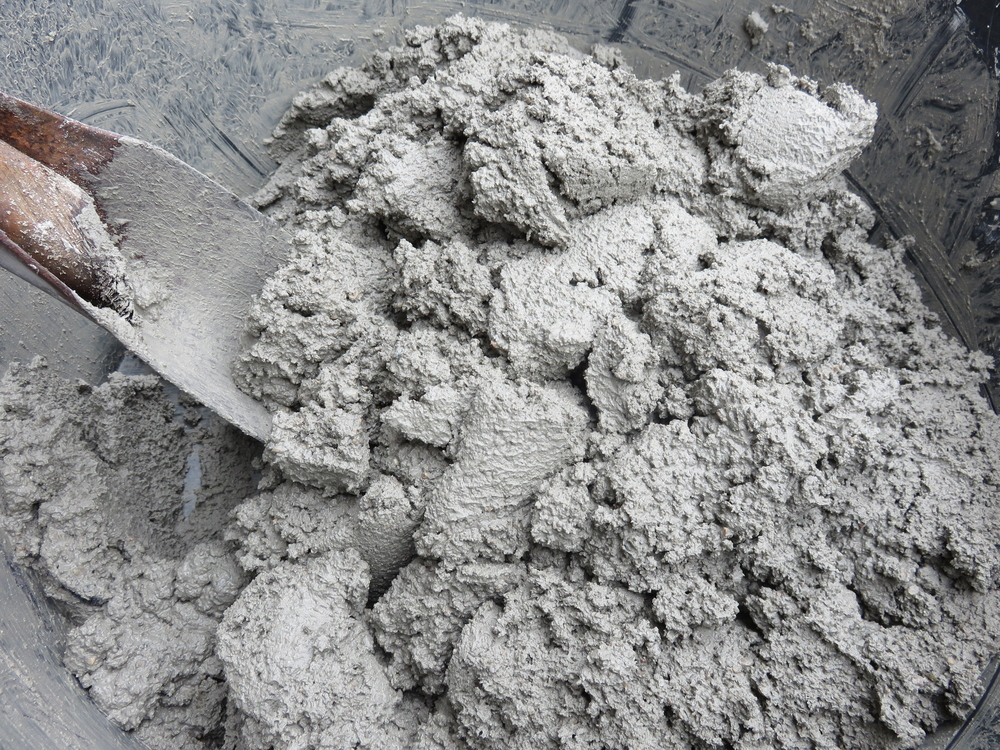Cement hydration is a chemical reaction between cement and water. The chemical process causes the material to harden, thereby generating a strong, durable bond. It is the most popular method of building structures robust enough to withstand the harsh climates of different corners of the world.
What Causes Cement Hydration?
When water molecules mix with cement particles, the water loosens the cement’s molecules to form a new bond with them. The process generates a new substance called calcium silicate hydrate (C-S-H).
Several factors contribute to the quality of cement hydration, ranging from the water-cement ratio to the temperature and humidity of the surrounding environment. The water-cement ratio is the most critical factor in determining the new cement’s quality. However, too much water can dampen the strength of the final concrete and lower its density.
Cement hydration offers a lot of benefits. The most prominent one is the increase in strength, which is necessary to build durable infrastructure and rigid structures that can withstand the environment, weather, and time. The durability is a bonus, which makes the cement resistant to wear and tear. Also, cement hydration is a viable asset in the field of versatility. Construction workers can mold it into any shape or size, making it ideal for complex projects that require unique shapes and designs. Finally, cement hydration is also cost-effective, which makes it relatively easy to create. It presents itself as a viable option for large-scale construction projects.
Cement hydration does have some unwanted drawbacks, too.
It harms the environment due to the release of unwanted greenhouse gases because it requires insane energy. Also, about 1.6 billion of concrete goes under annual production, which releases about 7% of carbon dioxide. The depletion of natural resources is another setback. Cement hydration can also pose health-related risks because inhalation or direct contact with the skin can result in severe breathing problems or persistent skin irritation. The additional vulnerability to cracking is problematic because even if cement hydration is a durable material, extreme temperatures or constant exposure to moisture can force the cement to crack under pressure.
While cement hydration is cost-effective for large-scale levels of construction, regularly maintaining it in its durable form layered with longevity is time-consuming and expensive. A lot of hefty investment goes into preserving its ideal state.
In the current world, efforts to reduce the impact of cement hydration on our nature have come to the public notice. While it is a cost-effective process in the construction industry, it exhibits unwanted negative factors, too. Cement hydration, therefore, plays a crucial role in propagating health-related ailments and degrading the overall quality of the environment.
The concerned individual must weigh the pros and cons of cement hydration before using it on a construction project. In doing so, we can assure ourselves that we have volunteered to create sustainable, durable, and safe concrete structures. We should also cater to the needs of our ever-growing communities without harming the environment or posing critical risks to its inhabitants.

